The medical breakthroughs inspired by animal magic: A pain-free jab modelled on a mosquito, bacteria-proof materials inspired by shark skin, and how mussels are helping doctors perform life-saving surgery.
Scientists at the Massachusetts Institute of Technology have created a glue that mimics the natural adhesive made by barnacles to help wounds heal more quickly, it was reported earlier this month.
And that’s far from being the only medical breakthrough that has taken inspiration from the animal kingdom. In a fascinating new book, BBC broadcaster and conservationist Patrick Aryee reveals how animals have inspired incredible developments in healthcare.
How can we make injections less painful for all of us — even for hardcore needle-phobes? Is there anything that might rid hospitals of deadly superbugs?
Will we ever be able to buy a so-called ‘waterproof plaster’ that doesn’t fall off when it gets soggy?
These might seem like impossible medical conundrums that affect us every day, but Mother Nature is helping us solve them.
All we have to do is design medical products using wildlife as our blueprint, a process known as biomimicry.
As I’ve discovered, after more than a decade spent producing natural history documentaries, such as Frozen Planet, for the BBC, the latest scientific advances revolutionising healthcare use everything from octopuses to spiders and woodpeckers as inspiration.
Shark skin that could wipe out superbugs
When diving in South Africa, I came up close to a great white shark. Thankfully, I was protected by a diving cage, but the shark got close enough for me to see how spotlessly pure its skin was: no algae, no barnacles, nothing.
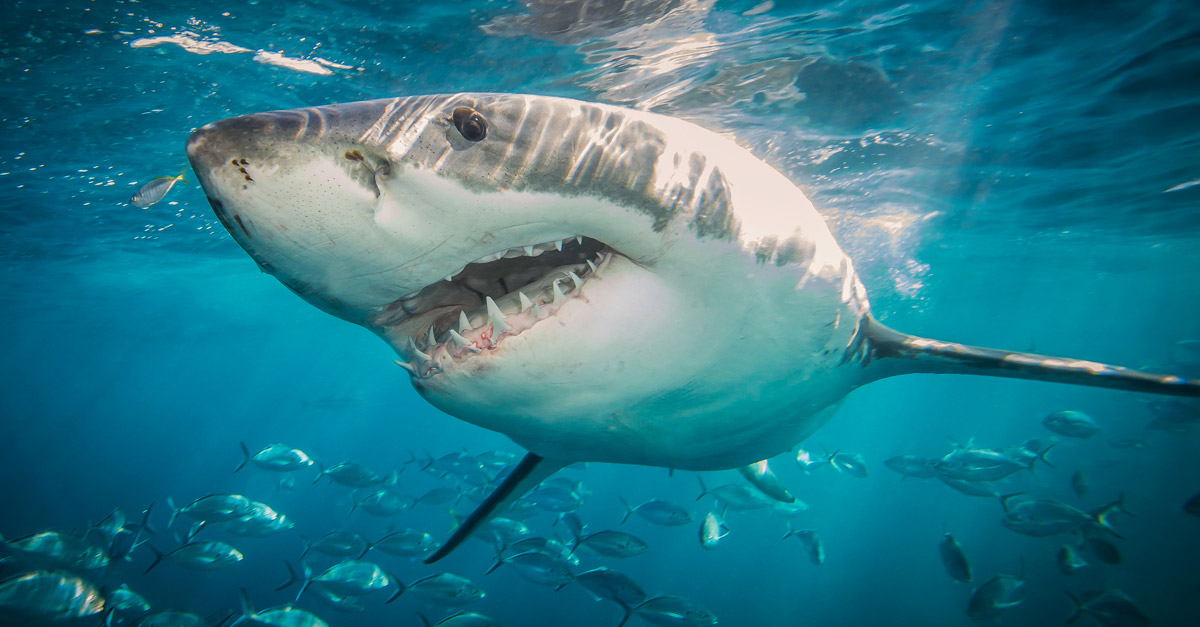
Large marine animals (and, indeed, ships and submarines) are usually host to all manner of natural hitchhikers, such as bacteria and barnacles, which cling on in search of food.
But when Professor Anthony Brennan, a specialist in materials science and engineering at the University of Florida, was called upon by the U.S. Navy in 2002 to help rid its submarines and ships of thick algae, as part of his research he examined which marine animals are resistant to the build-up of microorganisms.
In fact, there was just one: the shark.
Why? Well, if you imagine stroking a great white from head to tail, you’d feel smooth skin. Stroke the other way, though, and you’d feel something akin to rough sandpaper.
That’s because a shark’s skin is made up of millions of V-shaped scales called dermal denticles.
Using a powerful microscope, Professor Brennan could see that the dermal denticles had a clearly defined diamond pattern, and how each appeared to be lined with millions of tiny ridges. This design prevents bacteria and other microorganisms from settling on a shark, simply because they find it tricky to attach themselves.
Professor Brennan measured the width-to-height ratios of the ridges, and from this designed a synthetic surface called Sharklet. This has been used to imprint everything from yoga mats to urinary catheters with bacterial resistance.
A groundbreaking application for this kind of bug-proof surface is now being rolled out in hospitals, where keeping surfaces free from bacteria is a real issue. As many as 2,985 people in England died from antibiotic-resistant infections in 2018; and 60,788 patients were infected — a rise of nearly 10 per cent over the previous year.
By upgrading surfaces with bacteria-resistant materials, we’d have the potential to reduce the spread and the infection rates of killer superbugs such as MRSA.
What’s more, beyond hospitals, the same sort of synthetic, bug-proof surface could be used on any high-contact surfaces in public areas, including door handles, light switches and desk surfaces, to stop the spread of dangerous infections such as Covid-19 in the same way.
Pain-free jabs? It’s a mosquito’s trick
The thing about a mosquito is that although you may hear it coming, you rarely feel its bite.
That’s because of the way its needle-like mouthpart pierces the skin, and because the bloodsucker first injects you with saliva, which has skin-numbing powers.
Experiments have seen mosquitoes feeding for three to four minutes without their host (that’s you, by the way) feeling a thing.

If we can develop needles that have similar qualities, then it will help people who have a fear or dislike of needles — like myself — become blood donors, for example, and reduce injection site pain during vaccination.
Professor Seiji Aoyagi, a mechanical engineer at Kansai University in Osaka, Japan, is working on developing a needle that mimics the mosquito’s mouthpart.
Traditional medical syringes have a sharp end to pierce through the skin, and a smooth surface along its length that enables it to pass through flesh uninterrupted.
A lot of the pain you feel isn’t because of the pointy end, it’s more to do with the metal along the needle’s length coming into direct contact with your skin, which stimulates pain nerves.
The key to a mosquito’s powers lies in one of its mouthparts, the maxillae, which has jagged blades that pierce the skin. Because it is serrated, there is very little contact with the skin, few pain nerves are activated and, as a result, you don’t feel much pain.
The mosquito-inspired needle is 1mm long and 0.1mm wide — roughly the thickness of a human hair. It has two shanks with jagged edges which penetrate the skin (they are powered by tiny motors), after which a tiny tube is inserted between them, which can deliver drugs or withdraw blood. The design means the needle only touches the skin at the sharp tip.
Like a true scientist, Professor Aoyagi tested the needle on himself and a few volunteers. All reported that the pain was far less than expected, although the period of injection lasted longer than it would have done using a standard syringe.
The ultimate goal is not just to replace needles we use for vaccination, say, but to pave the way for injecting or blood-collecting devices which are permanently attached to the body.
They might end up injecting you several times a day with that life-saving medication you need, or collect samples to monitor blood sugar levels if you have diabetes, or monitor cholesterol if you’re at risk of heart disease.
Tiny snow flea’s transplant power
So small are snow fleas that they look like specks of black pepper against the snow where they’re often found. Yet these tiny creatures contain a secret that could extend the ‘shelf life’ of organs used for transplants. Snow fleas can survive sub-zero temperatures without freezing.
Normally, the cold makes ice crystals form inside the cells of plants and animals. When these crystals grow, they draw water out of the surrounding cells, which destroys their structure, ultimately killing the cell.
Think about a strawberry turning to mush after being frozen. It’s the same principle.
However, snow fleas contain unique molecules called antifreeze proteins (AFPs) which stop cell damage when things get a little too chilly by lowering the freezing point of the water in the cells.
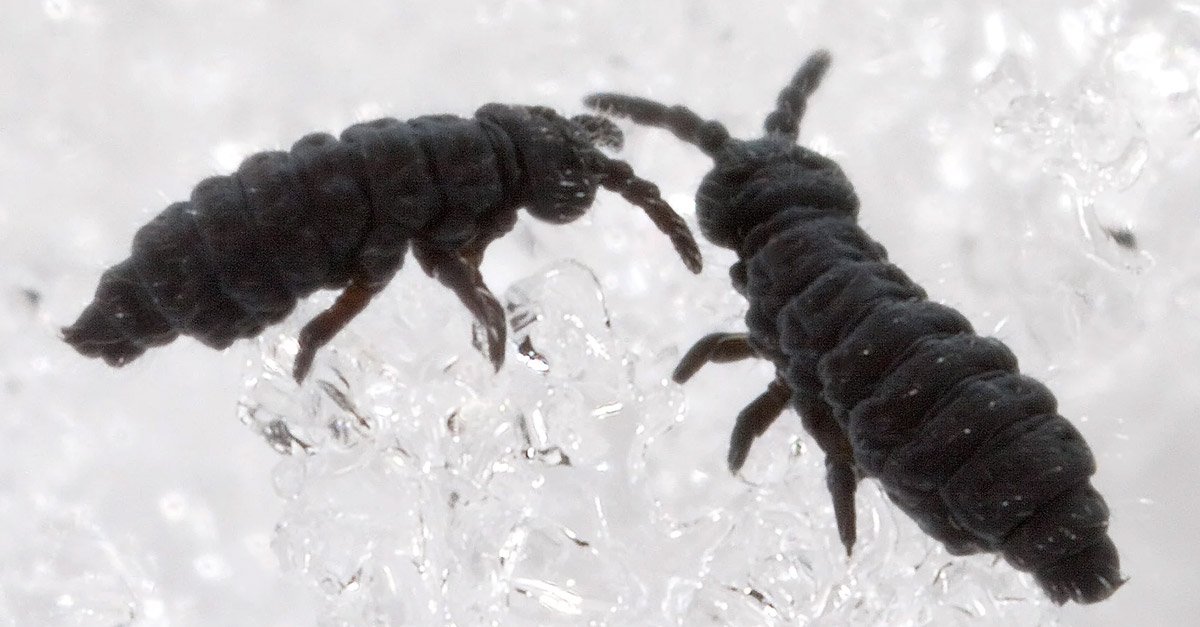
After studying snow fleas, scientists have now managed to develop synthetic AFPs. These could be critical in preserving organs destined for transplant surgery.
One of the challenges with organ transplants is that you want to keep the organs super-cold, but not so cold they end up frozen and damaged.
AFPs (if injected into the organs, for example) would allow them to be stored at lower temperatures without them freezing.
With thousands of people waiting for a transplant — it’s estimated some 7,000 are on the UK transplant waiting list, while more than 470 people died last year waiting for an organ donation — the ability to transport organs farther afield, or being able to store them for longer periods, would be hugely beneficial.
Mussel glue to save unborn babies
Any kind of surgery comes with risk, but the decision whether or not to perform surgery on a foetus is undoubtedly one of the most challenging in medicine.
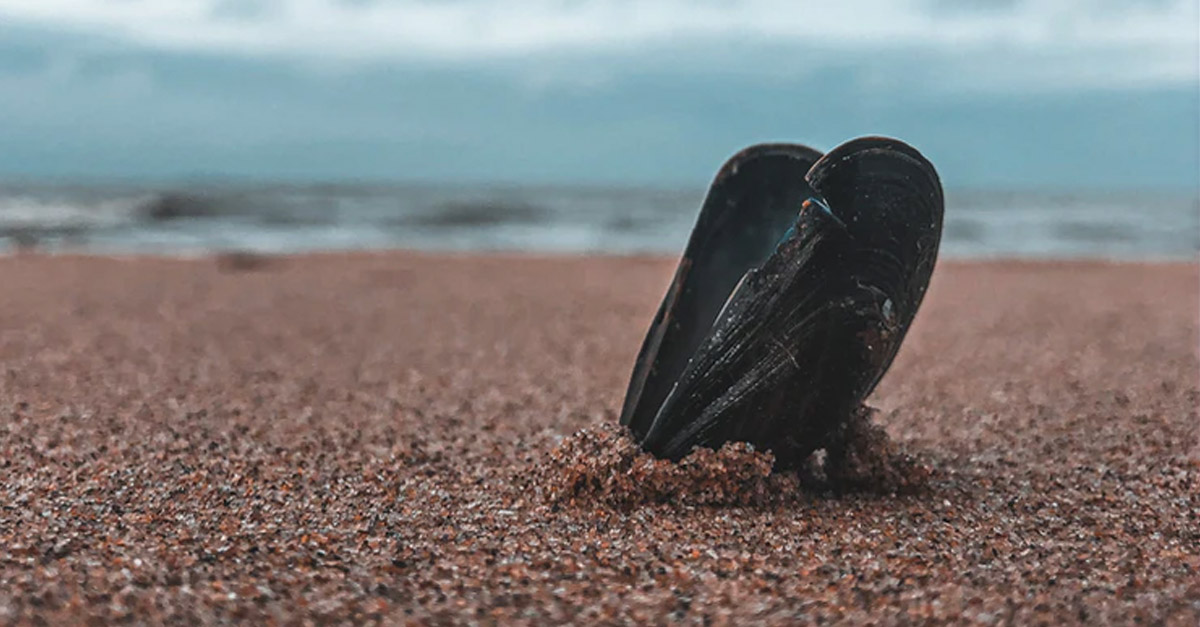
One of the greatest risks isn’t the surgical procedure itself, but getting into and out of the very fragile amniotic sac — the fluid-filled bag which surrounds and protects the foetus.
Sealing this sac after surgery is no simple task. It’s like trying to sew up a water balloon.
Sealing the membrane with a conventional surgical glue poses its own challenges. The membrane of the amniotic sac is wet, and delivering surgical glue through a small hole at the end of the operation is in itself difficult.
To make things even trickier, the developing foetus is biologically sensitive, so you definitely don’t want to use any harsh chemicals that could affect the growth or health of the baby.
Now, however, studies of the humble mussel may have provided surgeons with a potential answer.
The mussel routinely glues itself onto rocks deep in the ocean. If you have ever tried to prise one off a rock, you’ll know just how strong its glue can be. Scientists at the University of California, Berkeley, have isolated the proteins within the mussels’ glue to develop a synthetic version.
To test it, they used pieces of the wet, filmy membrane that surrounds a cow’s heart as a model of the amniotic sac. When they applied the glue and it made contact with moisture on the tissues, the mixture immediately became rubbery, taking only an hour to set and hold the pieces together.
Routine clinical use of the glue is some way off, as the researchers are still perfecting their solution. But if it’s successful, it could be used for other delicate surgeries, for example on the bladder, the spinal cord or intestines.
Tissue grafts and octopus dexterity
They might not look it, but the suckers that line an octopus’s tentacles are highly sensitive and genius pieces of machinery. So much so that scientists have looked to them to help in one of the most delicate areas of surgery: soft tissue transplantation.
This is the process in which organs and tissues are moved from one part of the body to another — either within the same person or between a donor and a recipient — to restore essential bodily functions or even to save lives.
For example, let’s say we have a patient with corneal blindness. By removing all or part of the damaged cornea (that’s the protective, transparent front part of our eyes) and grafting on a new one from a donor, we can fully restore their sight.
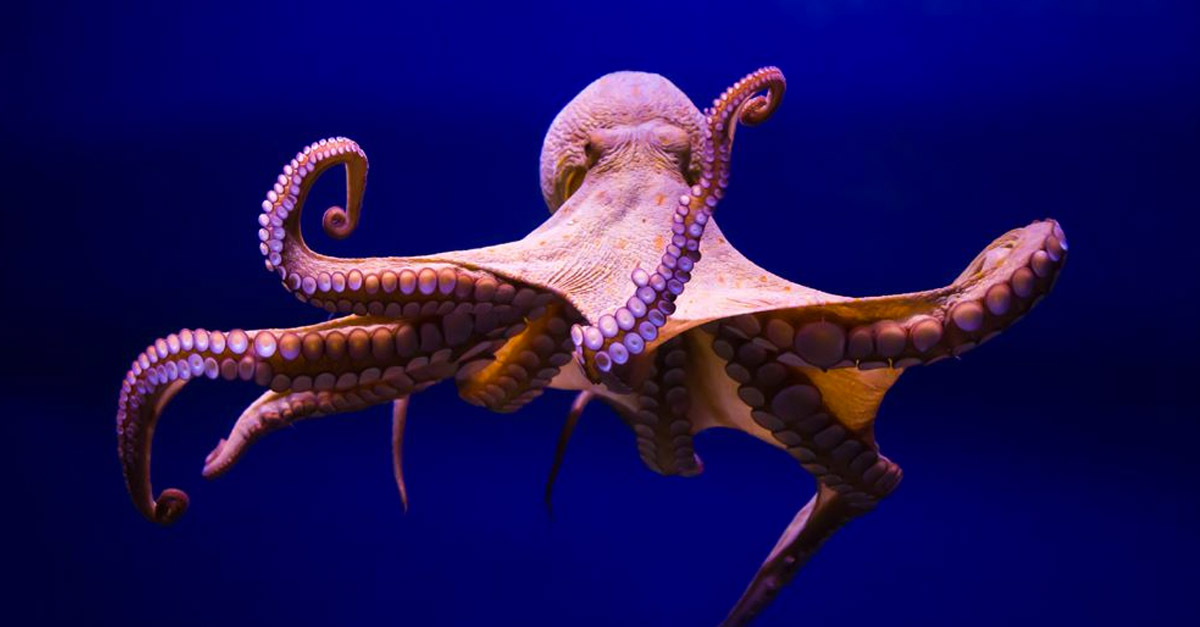
One of the biggest problems is that it can take between 30 and 60 minutes to transfer a single sheet of tissue, and it runs the risk of tearing or wrinkling as you physically pick it up, compromising the success of the operation.
At the University of Illinois Urbana-Champaign, U.S., researchers watched the way an octopus can pick up both wet and dry objects of all shapes, using small pressure changes in its suckers.
They got to work making what they call a manipulator, which looks a bit like a tiny plunger but is far more technical.
The ‘suction’ end is flat and has a temperature-responsive layer of soft hydrogel (a bit like thick jelly). It is attached to an electric heater in the handle. When the heater is turned on, the hydrogel warms up, which makes it shrink. The hydrogel is then pressed against a sheet of tissue that doctors want to pick up and the heater is turned off. As a result, the hydrogel expands again and, in a movement rather like that of the octopus, it creates suction. The tissue is then lifted and gently placed on the target.
The heater is switched on again, making the hydrogel shrink and release the sheet. The entire process takes about ten seconds, which is an astonishing 180 times faster than normal — all thanks to an octopus’s sucker.
It’s still a work in progress, but it’s a fascinating area of research.
Antibiotic ability of spider silk
Spider silk has been used as a wound dressing for centuries. After applying a mixture of honey and vinegar as an antiseptic to clean soldiers’ wounds, ancient Greeks and Romans would use wads of spider silk to stem the bleeding.

And scientists say spider silk has many advantages as a dressing. It’s non-toxic, biodegradable and, unusually for a protein from a different organism, it is not known to cause inflammatory or allergic reactions on our skin.
Now, researchers at Nottingham University have been further inspired to create a synthetic spider silk that has antibiotic properties. This could be useful in both delivering medicines and for closing open wounds with a reduced risk of infection.
They began with spider silk they’d cloned using bacteria. Several different types of molecules were attached to the silk, including the antibiotic levofloxacin, a drug commonly used for treating bacterial infections, and also a molecule which is fluorescent, enabling the degradation of the silk dressing to be monitored when placed on wounds.
One potential use, the team suggests, could be in the treatment of slow-healing wounds such as diabetic foot ulcers. The controlled release of antibiotics means that infection could be prevented.
This article was first published on www.dailymail.co.uk
Further Reading
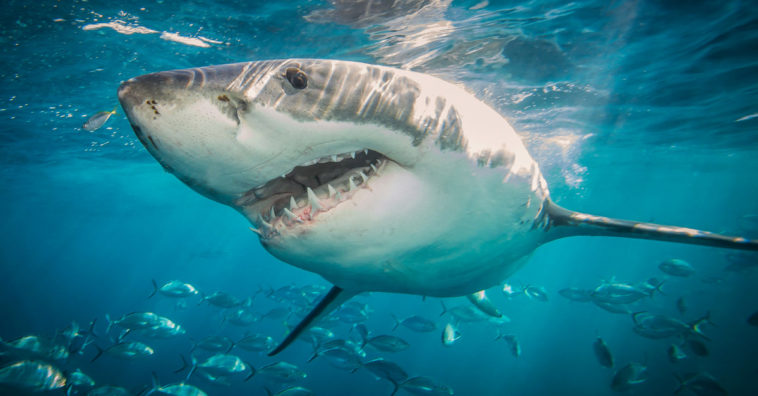




GIPHY App Key not set. Please check settings